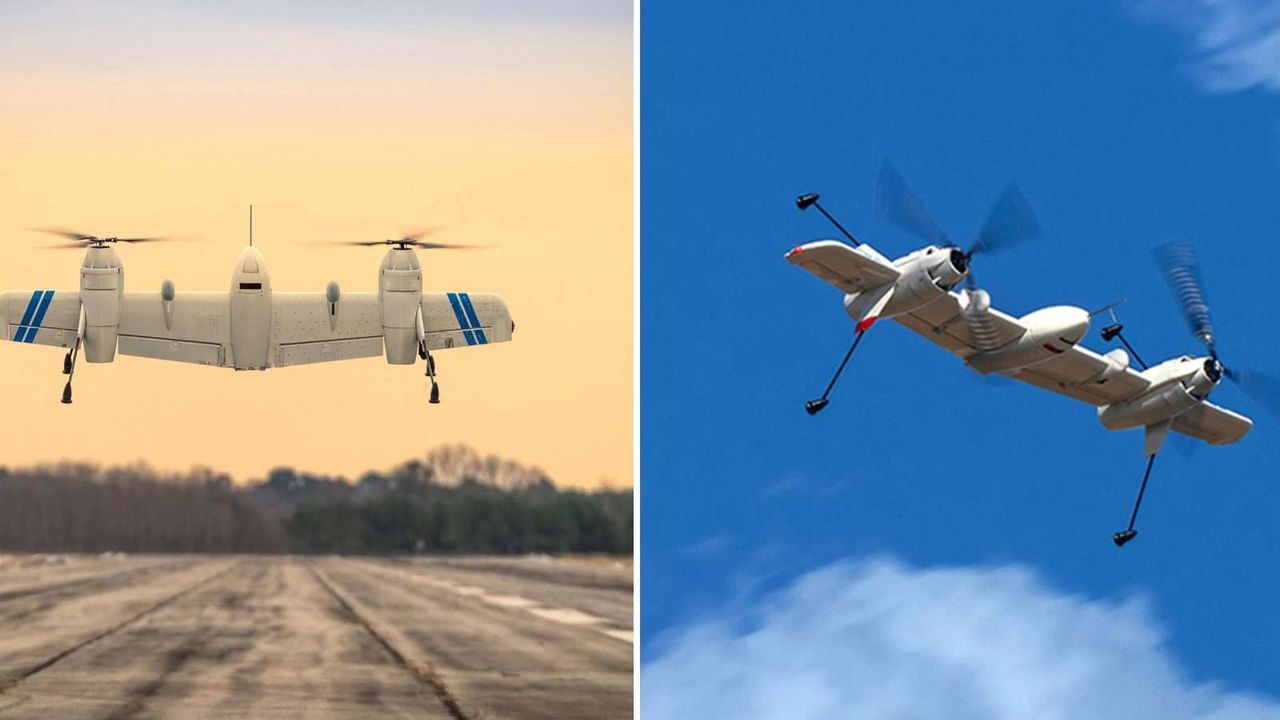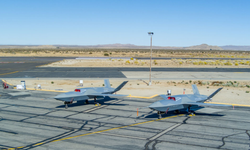According to Sikorsky Vice President and General Manager Rich Benton, the rotor blown wing platform integrates helicopter and fixed-wing flight characteristics, aiming to improve speed and range compared to conventional helicopters. He emphasized that the platform builds on Sikorsky’s extensive aviation experience to develop new VTOL UAS designs for commercial and military applications.
Testing and Development
The development of the rotor blown wing UAS has been led by Sikorsky Innovations, the company’s rapid prototyping division. Within a year, the program has advanced through design, simulation, and flight testing phases to assess aerodynamic performance, flight control systems, and operational feasibility.
In January 2025, Sikorsky Innovations conducted more than 40 take-offs and landings with the 10.3-foot wingspan aircraft, including 30 transitions between helicopter and fixed-wing modes. The aircraft reached a cruise speed of 86 knots in horizontal flight. Concurrent wind tunnel testing of a full-scale model provided additional validation for the control system.
Sikorsky Innovations Director Igor Cherepinsky stated that the platform demonstrated the ability to transition between flight modes predictably and efficiently. He noted that the design could be adapted for use on ship decks and unprepared terrain when scaled to larger sizes.
Potential Applications
Future applications for the rotor blown wing UAS include search and rescue, firefighting monitoring, humanitarian response, and pipeline surveillance. Larger variants could support intelligence, surveillance, and reconnaissance (ISR) missions as well as crewed-uncrewed teaming operations.
All versions of the rotor blown wing UAS will incorporate Sikorsky’s MATRIX™ flight autonomy system to support autonomous flight operations.
The rotor blown wing UAS is part of a broader family of systems being developed by Sikorsky, including other winged VTOL UAS and single main rotor aircraft. The company is also working on a 1.2 megawatt hybrid-electric demonstrator (HEX) featuring a tilt-wing design for passenger and cargo transport. A HEX power system testbed is expected to demonstrate hover capability by 2027.










